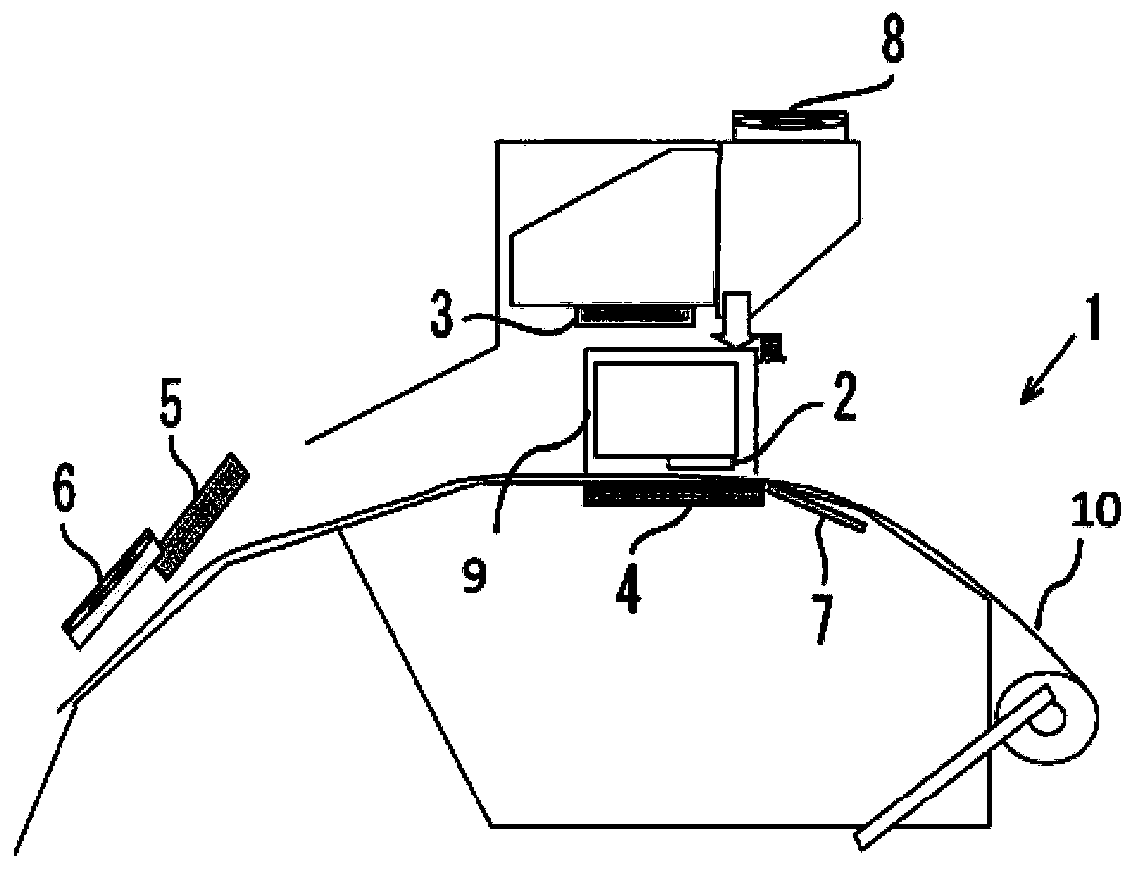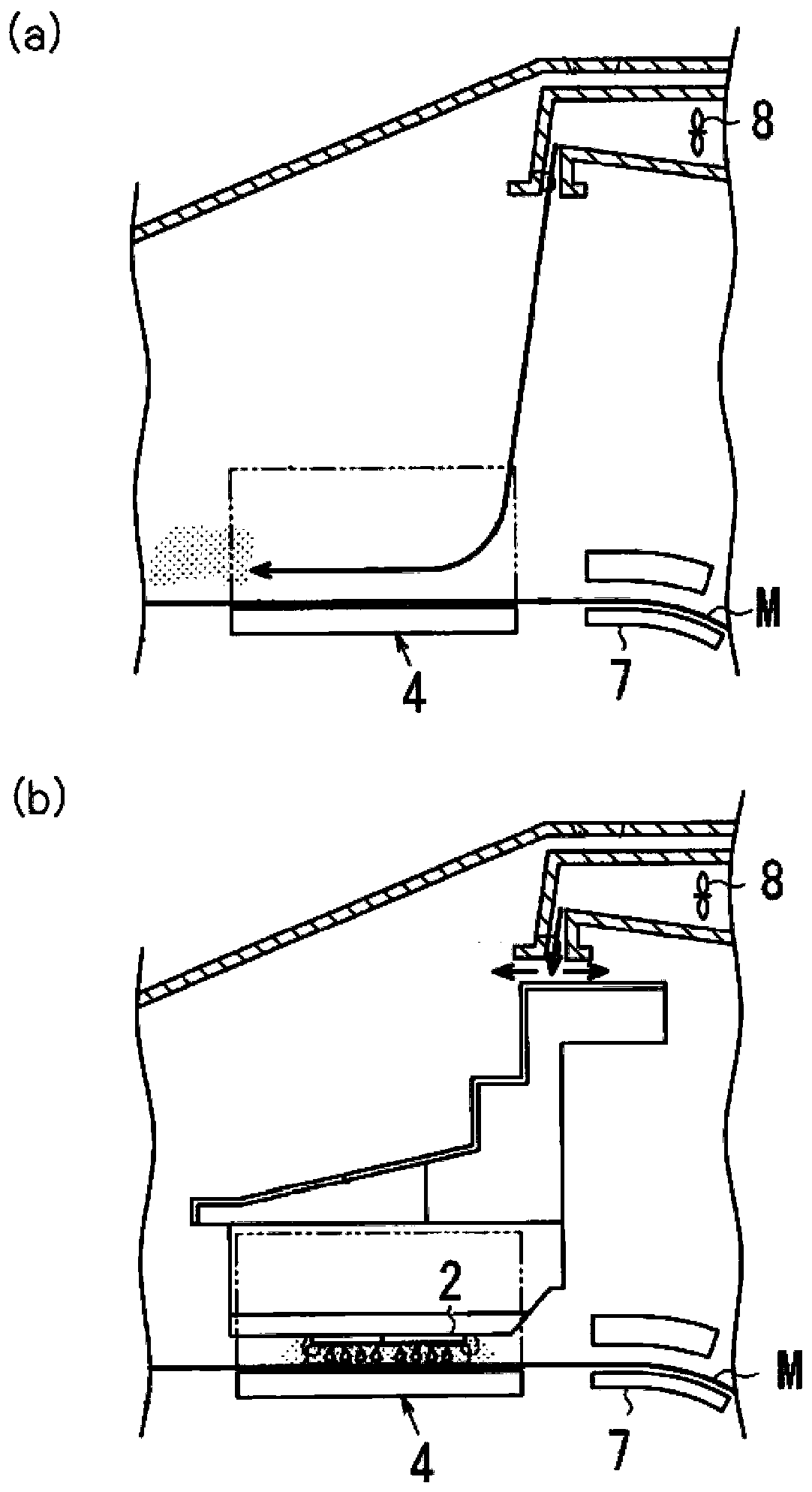Ink set, recording method and recording device
A recording method and ink set technology, applied in the field of ink sets, can solve the problems of white ink and color ink mixed color clarity, etc.
- Summary
- Abstract
- Description
- Claims
- Application Information
AI Technical Summary
Problems solved by technology
Method used
Image
Examples
Embodiment
[0224] Hereinafter, the present invention will be described more specifically using examples and comparative examples. The present invention is not limited in any way by the following examples.
[0225] [Materials for ink composition]
[0226] The main materials of the ink compositions and treatment liquids used in the following Examples and Comparative Examples are as follows.
[0227] [Pigment dispersion]
[0228] See Production Examples 1 to 3 below.
[0229] [Organic solvents]
[0230] Dipropylene glycol dimethyl ether
[0231] Propylene Glycol
[0232] 2-pyrrolidone
[0233] [coagulant]
[0234] Calcium acetate monohydrate
[0235] calcium chloride dihydrate
[0236] Acetic acid
[0237] CationMaster PD-7 (manufactured by Yokkaichi Gosei Co., Ltd., cationic resin: amine-epichlorohydrin condensation type polymer)
[0238] [resin]
[0239] Resin Emulsion 1 (See Production Example 4 below.)
[0240] Resin Emulsion 2 (See Production Example 5 below.)
[0241] [w...
manufacture example 1
[0247] [Manufacturing Example 1: Preparation of Cyan Pigment Dispersion Liquid]
[0248] St-Ac acid copolymer (a copolymer obtained by copolymerization at a mass ratio of methacrylic acid / butyl acrylate / styrene / hydroxyethyl acrylate = 25 / 50 / 15 / 10. Weight average molecular weight 7000, acid value 150 mgKOH / g) 40 parts by mass were thrown into the liquid obtained by mixing 7 parts by mass of potassium hydroxide, 23 parts by mass of water, and 30 parts by mass of triethylene glycol mono-n-butyl ether, and heated while stirring at 80° C. Thus, an aqueous resin solution was prepared.
[0249] 20 parts by mass of a pigment, 10 parts by mass of an aqueous resin solution, 10 parts by mass of diethylene glycol, and 60 parts by mass of ion-exchanged water were mixed and dispersed using a zirconia bead mill to obtain pigment dispersions of various colors. In addition, the pigments used are as follows.
[0250] Black Pigment Dispersion: Carbon Black
[0251] Cyan pigment dispersion: C....
manufacture example 2
[0252] [Manufacturing Example 2: Preparation of Black Pigment Dispersion Liquid]
[0253] Mix 15 parts by mass of carbon black, 1.5 parts by mass of Solsperse 2700 (manufactured by Lubrizol Co., Ltd.), 1.8 parts by mass of triethanolamine, 0.1 parts by mass of an antifoaming agent (manufactured by Air Products "Surfynol 104E"), and 81.6 parts by mass of ion-exchanged water. Zirconium beads were dispersed to obtain a black pigment dispersion.
PUM
| Property | Measurement | Unit |
|---|---|---|
| acid value | aaaaa | aaaaa |
| acid value | aaaaa | aaaaa |
| acid value | aaaaa | aaaaa |
Abstract
Description
Claims
Application Information
 Login to View More
Login to View More - R&D
- Intellectual Property
- Life Sciences
- Materials
- Tech Scout
- Unparalleled Data Quality
- Higher Quality Content
- 60% Fewer Hallucinations
Browse by: Latest US Patents, China's latest patents, Technical Efficacy Thesaurus, Application Domain, Technology Topic, Popular Technical Reports.
© 2025 PatSnap. All rights reserved.Legal|Privacy policy|Modern Slavery Act Transparency Statement|Sitemap|About US| Contact US: help@patsnap.com



